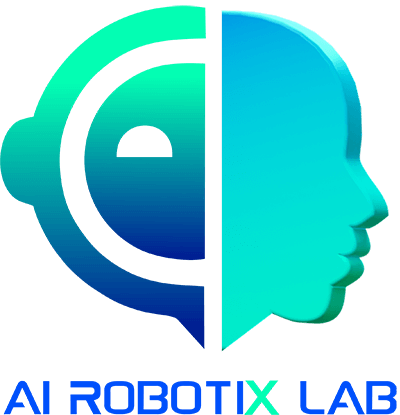Introduction
The realm of human-robot interaction (HRI) is rapidly evolving, reshaping our perception of technology’s role in daily life. Robots, once confined to science fiction and industrial settings, are now stepping into our homes, workplaces, and public spaces. As we look to the future, it’s evident that this trend will not only continue but accelerate, bringing profound changes to society.
The Evolution of Human-Robot Interaction
Historically, robots were isolated from humans, operating in controlled environments like manufacturing plants. However, advancements in artificial intelligence (AI), machine learning, and sensor technology have enabled robots to work alongside humans safely and effectively.
Key Developments Include:
Social Robots: Designed for personal interaction, these robots can communicate and express emotions, making them suitable for educational, therapeutic, and companionship roles.
Collaborative Robots (Cobots): These work alongside humans in various industries, enhancing productivity and safety.
Autonomous Vehicles: Self-driving cars and drones are redefining transportation and logistics.
Predictions for the Future of Human-Robot Interaction
1. Widespread Adoption in Daily Life
Robots will become commonplace in homes, assisting with chores, elderly care, and even offering companionship.
2. Enhanced Workplace Collaboration
Cobots will become more sophisticated, taking on complex tasks and working more seamlessly with human colleagues.
3. Advancements in Healthcare
Surgical robots, diagnostic tools, and patient care robots will revolutionize healthcare, offering precision and efficiency.
4. Personalized Education and Assistance
Educational robots will provide personalized learning experiences, while assistive robots will offer tailored support for individuals with disabilities.
5. Public Service and Safety
Robots will play significant roles in public safety, disaster response, and environmental monitoring.
6. Ethical AI and Human-Centric Design
As robots become more integrated into society, ensuring they operate ethically and are designed with human-centric principles will be crucial.
Challenges and Concerns
1. Job Displacement and Economic Impact
The integration of robots in various sectors could lead to job displacement, necessitating strategies for workforce adaptation and re-skilling.
2. Privacy and Security
Robots collecting and processing data pose privacy risks, and their integration into critical infrastructure raises security concerns.
3. Ethical and Social Implications
The decision-making processes of robots, especially in sensitive areas like healthcare and law enforcement, present ethical dilemmas.
4. Human Dependency
An over-reliance on robots could impact human skills and social interactions.
Conclusion
The future of human-robot interaction is poised to redefine our relationship with technology. As robots become more capable and enter various aspects of life, they offer tremendous benefits, from enhancing productivity to improving quality of life. However, this new era also brings challenges that require careful consideration and proactive management. Balancing technological advancement with ethical, social, and economic considerations will be key to ensuring a future where humans and robots coexist harmoniously and productively.
